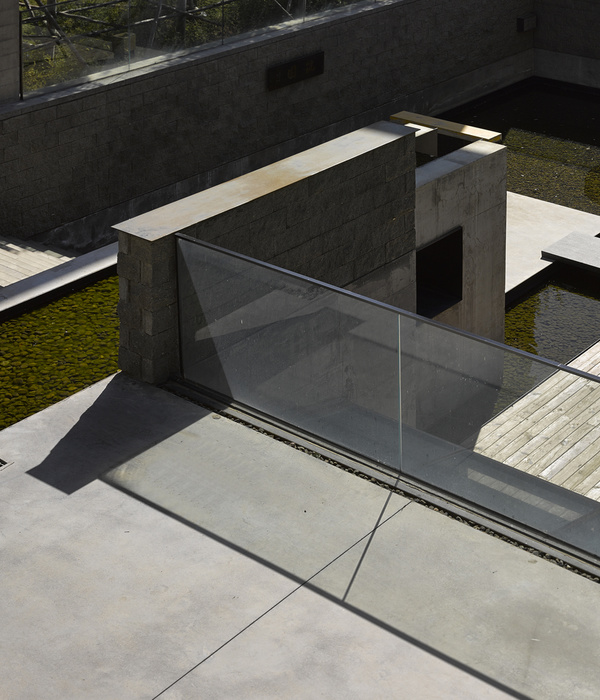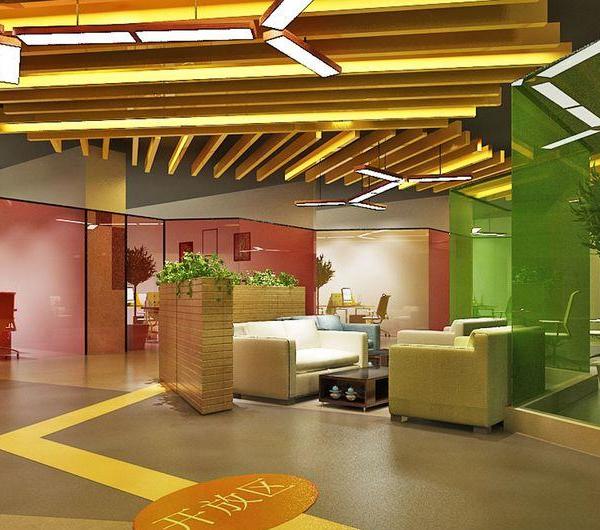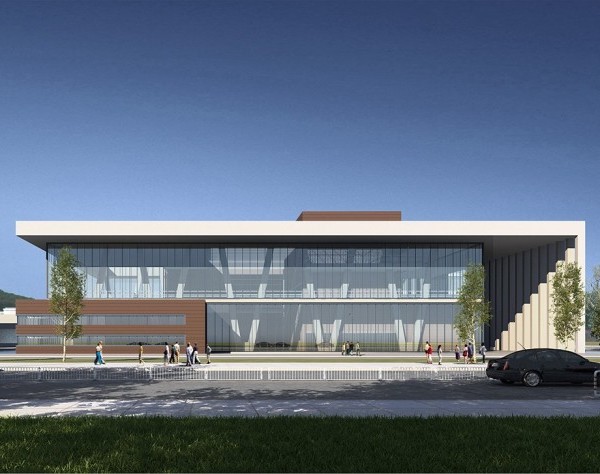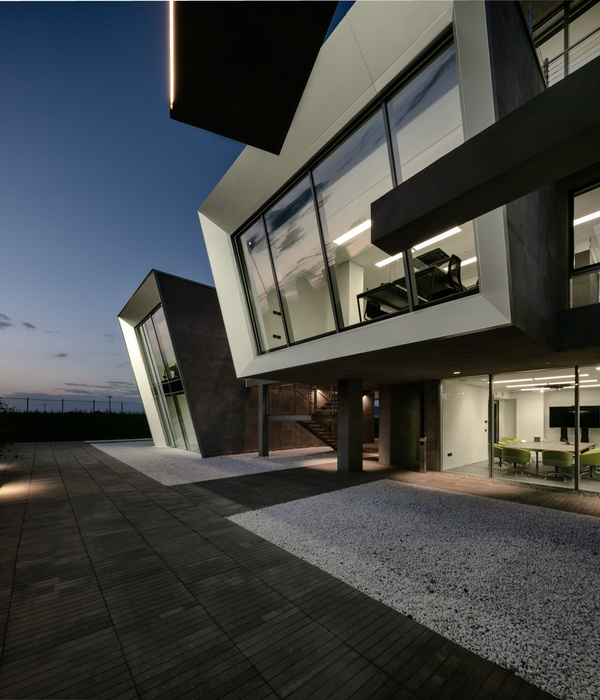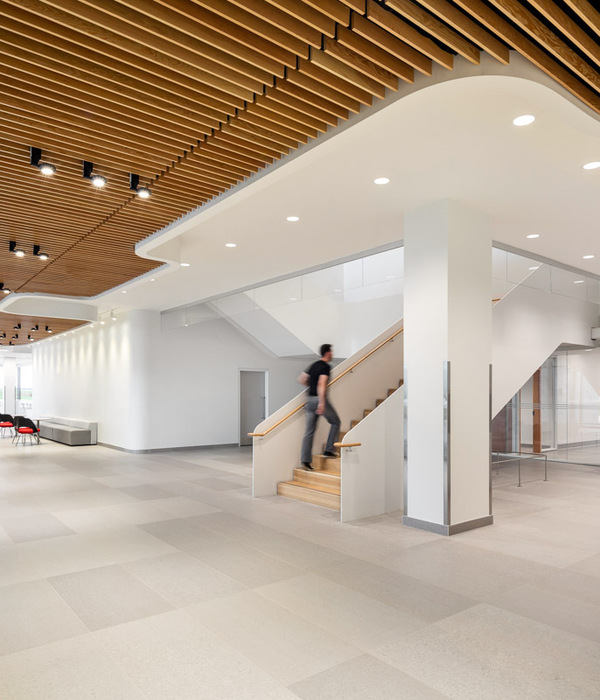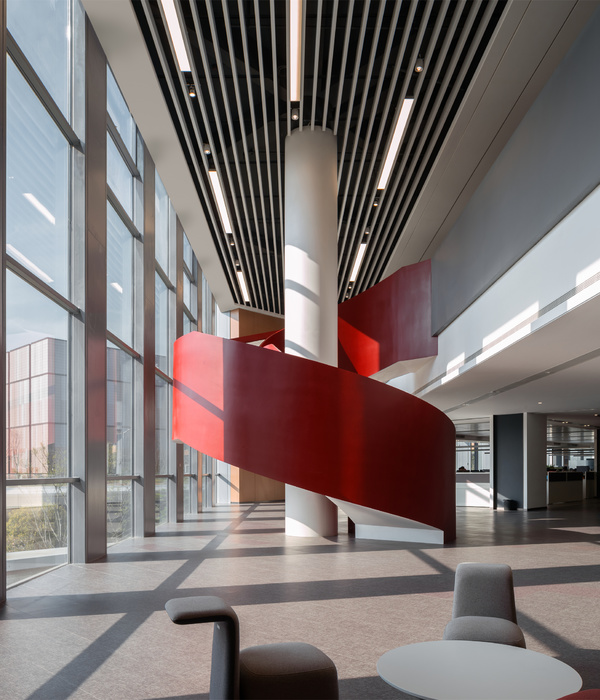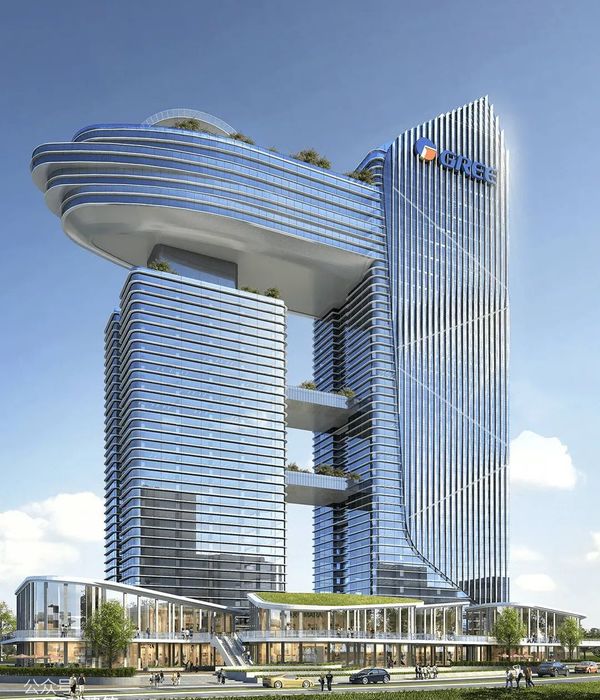位于南京高新区秀水路以北的“南京绿色灯塔”,是中丹合作示范项目。占地面积9456平方米,地上3层,地下1层,设计高度为23.45米。颇似裱花蛋糕的圆柱体外形,设计灵感来自丹麦哥本哈根大学的绿色灯塔,由丹麦COWI咨询公司和筑土(北京)建筑公司联袂设计。
Project name:Nanjing Green Light House
项目名称:南京灯馆
Location :Nanjing, Jiangsu, China
位置:江苏南京
设计团队:ArchitectsArchiland Internationa
Construction year:2010
完成时间:2010年
Photography :Courtesy of Archiland International
摄影:Courtesy of Archiland International
“经过反复测算,依靠光伏发电装置,建筑本身正常运转无需借助于外部供电。”刘锋说,即使加装大量外加设备,进驻大量人员办公,正常运转的最大能耗也将低于25千瓦时/平方米·年,约为一般绿色建筑能耗的六分之一。此外,通过综合考量项目的地理位置条件,灯塔周边将建成绿色公园,整体上与自然融为一体。
"After repeated calculations, relying on photovoltaic power generation devices, the building itself without the help of external power supply." Liu Feng said that even if the installation of a large number of external equipment, stationed a large number of staff office, the normal operation of the maximum energy consumption will be less than 25 kWh / Square meter, about one-sixth of the energy consumption of general green building. In addition, through the comprehensive consideration of the geographical location of the project conditions, the lighthouse will be built around the green park, integrated with nature as a whole.
项目位置
节能环保系统
“整座建筑密布无数个智能传感器,光照、温度、湿度、二氧化碳浓度等的细微变化,均实时传送到智能管理平台。”李剀说,通风系统更为精妙,采用的是“变风量”新风系统。由于外中空、内真空的“三玻两腔”玻璃幕墙,实现了有效隔热和保暖,因此智能侧窗与天窗,便承担了联动通风功能。其中,中庭上大下小的渐开型旋转楼梯,发挥了类似烟囱的“拔风”作用,把温湿度适宜的新风带到每个角落。
"The entire building is packed with countless intelligent sensors, light, temperature, humidity, carbon dioxide concentration and other subtle changes are real-time transmission to the intelligent management platform." Li said that the ventilation system is more sophisticated, using the "VAV" system. As the outer hollow, the vacuum of the "three glass two-chamber" glass curtain wall, to achieve effective insulation and warm, so smart side windows and skylights, they assume the linkage ventilation function. Among them, large atrium under the small involute rotating staircase, played a similar chimney "pull the wind" effect, the appropriate temperature and humidity of the new wind to every corner.
作为第一座逼近“零能耗”标准的建筑,项目充分收集利用雨水、风能等自然资源,依靠主动式设计,把节能降耗做到了极致。江苏建科建设监理公司工程师侯文东介绍说,在建筑的顶部和周边,均有机铺设了太阳能光伏发电装置。值得一提的是天窗系统,采用的是全球领先的VELUX(威卢克斯)太阳能动力窗技术,智能开关完全由太阳能供电。
As the first building close to "zero energy consumption" standard, the project fully utilizes natural resources such as rainwater and wind energy, and relies on active design to achieve the ultimate goal of saving energy and reducing consumption. Jiangsu Jianke Construction Supervision Company engineers Houwen Dong said that the top of the building and the surrounding, are organic laying of solar photovoltaic devices. It is worth mentioning that the sunroof system, using the world's leading VELUX (Wilukes) solar power window technology, intelligent switch fully powered by solar energy.
{{item.text_origin}}



